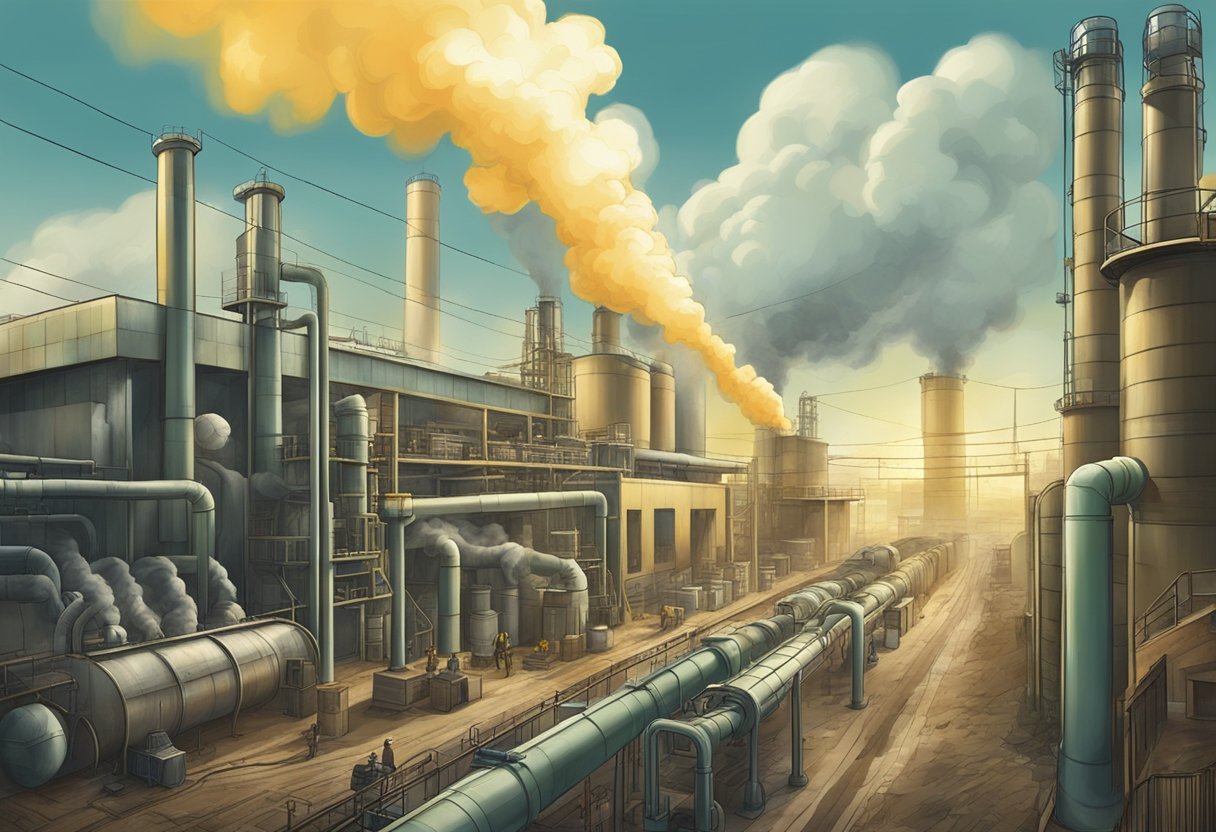The Chernobyl Nuclear Disaster: Insights and Precautions for Future Safety
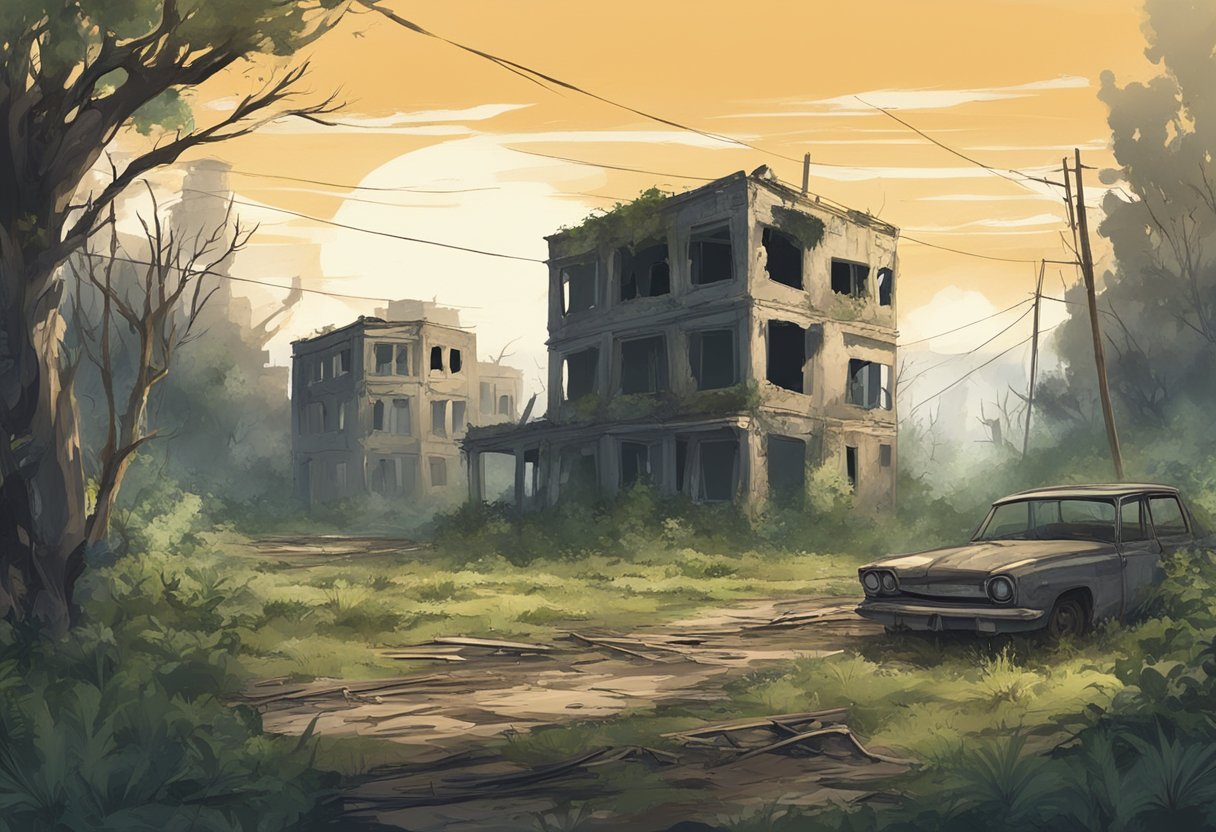
The Chernobyl Nuclear Disaster of April 1986 remains one of the most significant nuclear accidents in history. Situated in Ukraine, then part of the Soviet Union, the event released large amounts of radioactive particles into the atmosphere, affecting millions of people. The tragedy highlighted crucial lessons about nuclear safety, emergency response, and international cooperation. These lessons have shaped policies and practices around the world to ensure such a catastrophe never happens again.
The effects of Chernobyl are still being felt decades later. Survivors and areas surrounding the site experience lasting health and environmental impacts. Agencies like the IAEA have played a critical role in monitoring and mitigating these effects. The disaster prompted global changes in how nuclear safety is approached, emphasizing rigorous standards and preparation for potential emergencies.
At the heart of these lessons is the importance of transparency and international collaboration. The Chernobyl Forum and various international conferences have focused on understanding what went wrong and how to prevent future incidents. By learning from Chernobyl, the world has made strides toward safer nuclear energy and better protection for people and the environment.
Historical Context of Chernobyl
The Chernobyl disaster serves as a critical chapter in the history of nuclear energy. Key developments in Soviet nuclear ambitions and the specifics of the Chernobyl Nuclear Power Station provide important context.
The Development of Nuclear Power in the Soviet Union
The Soviet Union was a leader in nuclear technology. During the Cold War, the Soviet Ministry of Medium Machine Building managed nuclear projects, focusing on both military and civilian uses. They built the world's first civilian nuclear power plant in 1954, aiming to showcase their technological prowess.
Throughout the 1960s and 1970s, several nuclear reactors were built. Emphasis was placed on rapid construction rather than safety. Despite some early accidents, nuclear power was seen as a way to meet energy demands and demonstrate Soviet strength. Economic pressures and political directives often took precedence over safety measures, leading to design and operational flaws in many reactors.
Chernobyl Nuclear Power Station Overview
The Chernobyl Nuclear Power Station, located in northern Ukraine, was a major component of the Soviet nuclear energy strategy. It had four reactors, each designed to produce 1,000 megawatts of electric power. These reactors used a design known as RBMK, which had known safety issues.
On April 26, 1986, reactor number 4 experienced a catastrophic failure during a safety test. The explosion released massive amounts of radioactive material into the atmosphere. The design flaws of the RBMK reactor, coupled with operator errors, were significant factors in the disaster. The resulting fallout affected regions across Europe, leading to severe environmental and health impacts.
The station's construction and operations were overseen by specialists who often lacked adequate training. This gap in expertise contributed to the disaster, highlighting the need for better safety protocols and international cooperation in nuclear technology.
The Chernobyl Disaster Timeline
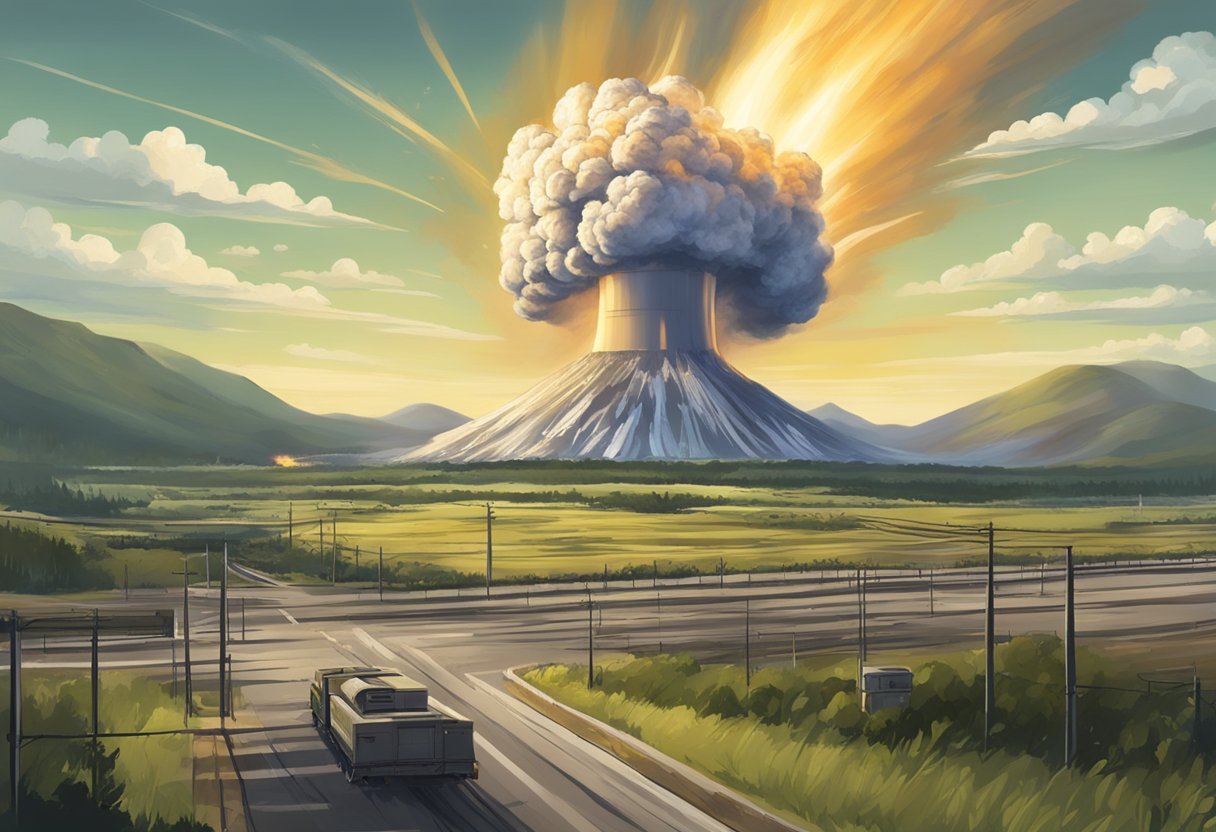
The Chernobyl nuclear disaster in 1986 was a catastrophic event marked by critical failures, delays, and courageous response efforts by emergency workers. These key moments reveal how the accident unfolded and the immediate actions taken to mitigate its impact.
Pre-Explosion Events and Causes
Before the explosion, the Chernobyl Nuclear Power Plant conducted a safety test. This test was meant to simulate a power outage to ensure the reactor could be safely cooled down.
On April 25, 1986, operators started reducing the reactor's power, but they encountered delays. They did not inform the safety officers of these issues. Despite the problems, the test proceeded with critical safety systems disabled.
A reactor design flaw and operator error caused the core to become unstable at low power. High reactivity created a dangerous situation.
Critical Moments of the Accident
In the early hours of April 26, 1986, at 1:23 a.m., an operator pressed the emergency shutdown button. The control rods, intended to prevent an explosion, jammed instead.
Moments later, the reactor core exploded. The explosion released vast amounts of radioactive material into the atmosphere. The first response was chaotic as details were unclear.
Key Events:
- 1:23 a.m.: Emergency shutdown initiated.
- 1:23:58 a.m.: First explosion occurs.
- Subsequent minutes: Radioactive release begins.
Investigations into these key moments highlighted the weaknesses in reactor design and safety protocols.
Immediate Response Efforts
The initial response included firefighters and plant workers who faced extreme radiation levels. They worked tirelessly to contain the fire and radioactive releases. Many suffered from acute radiation sickness.
The Soviet Union quickly mobilized additional resources. Boris Yevdokimovich Shcherbina was appointed to coordinate the response. He helped organize efforts to contain the disaster, including dumping materials from helicopters to smother the fire.
Evacuating the local Soviet population began the next day. Pripyat, a nearby town, was evacuated within 36 hours. Long-term efforts included building a sarcophagus to encase the reactor and prevent further radiation leaks.
Key Response Efforts:
- Containing the fire and radioactive releases.
- Evacuating the local population quickly.
- Coordinating international aid and expertise.
The dedicated actions of emergency workers and leaders were crucial in managing the immediate aftermath of the disaster.
Radiological Impact
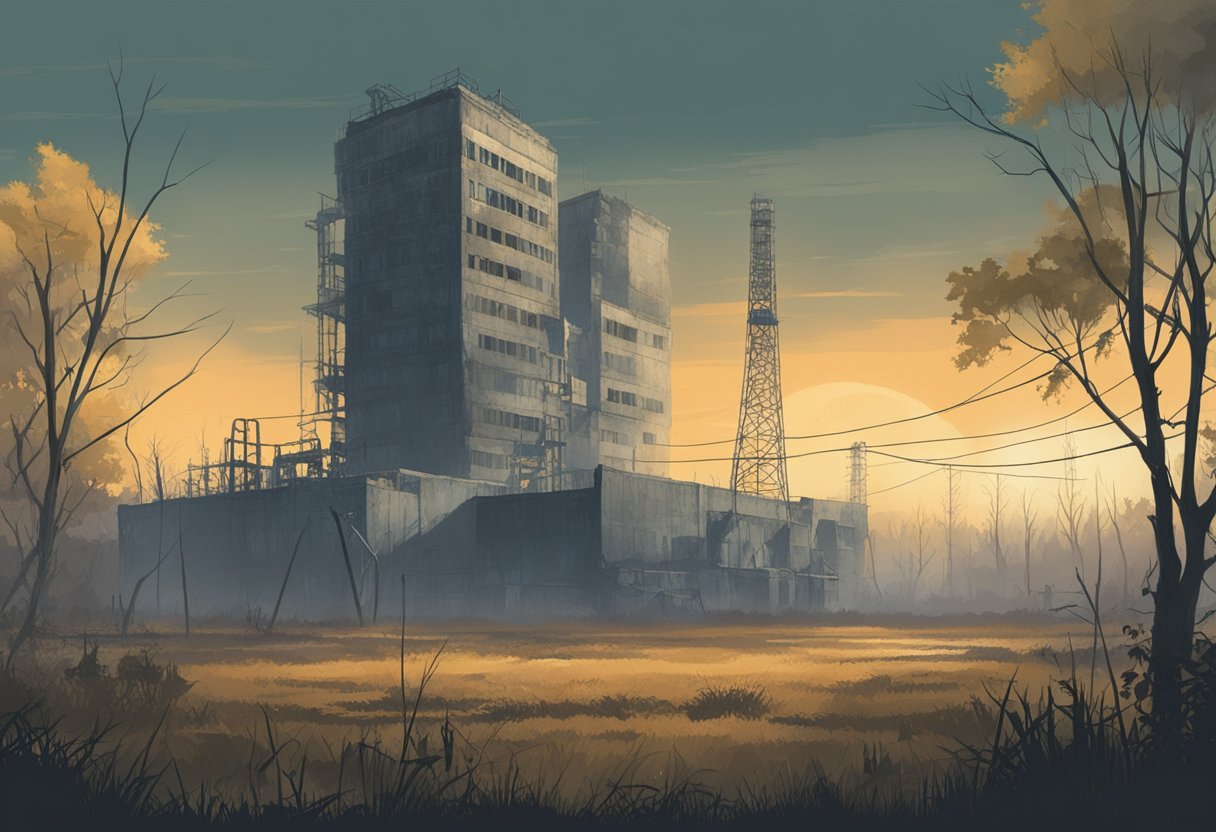
The Chernobyl nuclear disaster resulted in the release of a significant amount of radioactive material, leading to acute radiation sickness and long-term environmental consequences.
Radioactive Material Release
The explosion at Chernobyl released large quantities of radioactive isotopes into the atmosphere, such as Iodine-131, Cesium-137, and Strontium-90.
These materials spread across Europe, reaching as far as Scandinavia and the United Kingdom. The plume of radioactive contamination affected both air and land, leading to widespread radioactive pollution.
Governments issued evacuation orders and radiation warnings to protect public health, although some areas remained contaminated for years.
Radiation Sickness Incidents and Health Effects
Those closest to the explosion experienced acute radiation sickness (ARS). This condition caused immediate symptoms like nausea, vomiting, diarrhea, and skin burns.
Workers and first responders, known as liquidators, faced the highest risk, with many developing long-term health issues such as thyroid cancer and other cancers.
Children exposed to Iodine-131 were particularly susceptible to developing thyroid cancer. Statistical data show increased instances of cancers and genetic mutations among the affected populations.
Long-Term Environmental Consequences
The environmental impact of Chernobyl remains significant even decades later. Contaminated areas, referred to as the Exclusion Zone, are still largely uninhabitable.
Radioactive contamination of soil, water, and ecosystems disrupted agriculture and local wildlife. Many species in the area exhibit higher rates of genetic defects and population changes.
Remedial measures, like constructing the New Safe Confinement to encase the damaged reactor, aim to limit further radiation exposure. However, some isotopes like Cesium-137 have half-lives spanning decades, ensuring that the environmental effects persist long-term.
Human and Social Implications
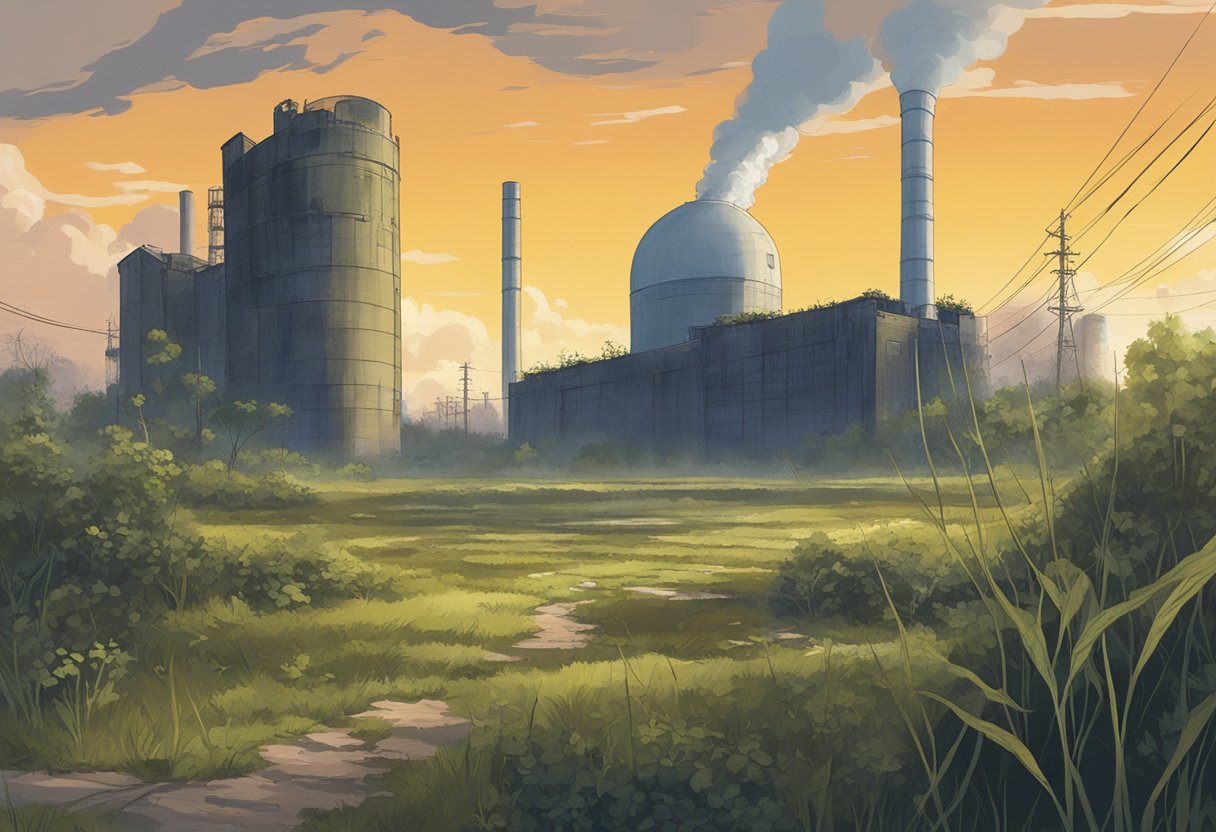
The Chernobyl disaster affected countless people, disrupting lives, causing health issues, and prompting social and psychological stress. The consequences are still felt decades later.
Impact on Lives and Livelihoods
The explosion led to immediate evacuations, displacing around 116,000 people. Homelessness and loss of income were common as residents left contaminated areas. Farmlands and businesses were abandoned, leading to significant economic hardship.
Many affected regions in Belarus, Ukraine, and Russia faced long-term economic decline. Recovery has been slow, with many residents unable to return. People who stayed or returned often face poor living conditions, inadequate healthcare, and limited job opportunities.
Survivors and Public Health Concerns
Survivors of the disaster continue to face serious health risks. An increase in thyroid cancer, especially among children, has been documented. Other health effects include higher incidences of leukemia and other cancers. Psychological impacts like anxiety, depression, and PTSD are common among survivors and evacuees.
Efforts to track and treat these conditions have been ongoing, but resources remain limited. Public health initiatives have aimed to address these issues, focusing on monitoring and providing medical support to affected populations.
Political and Regulatory Outcomes
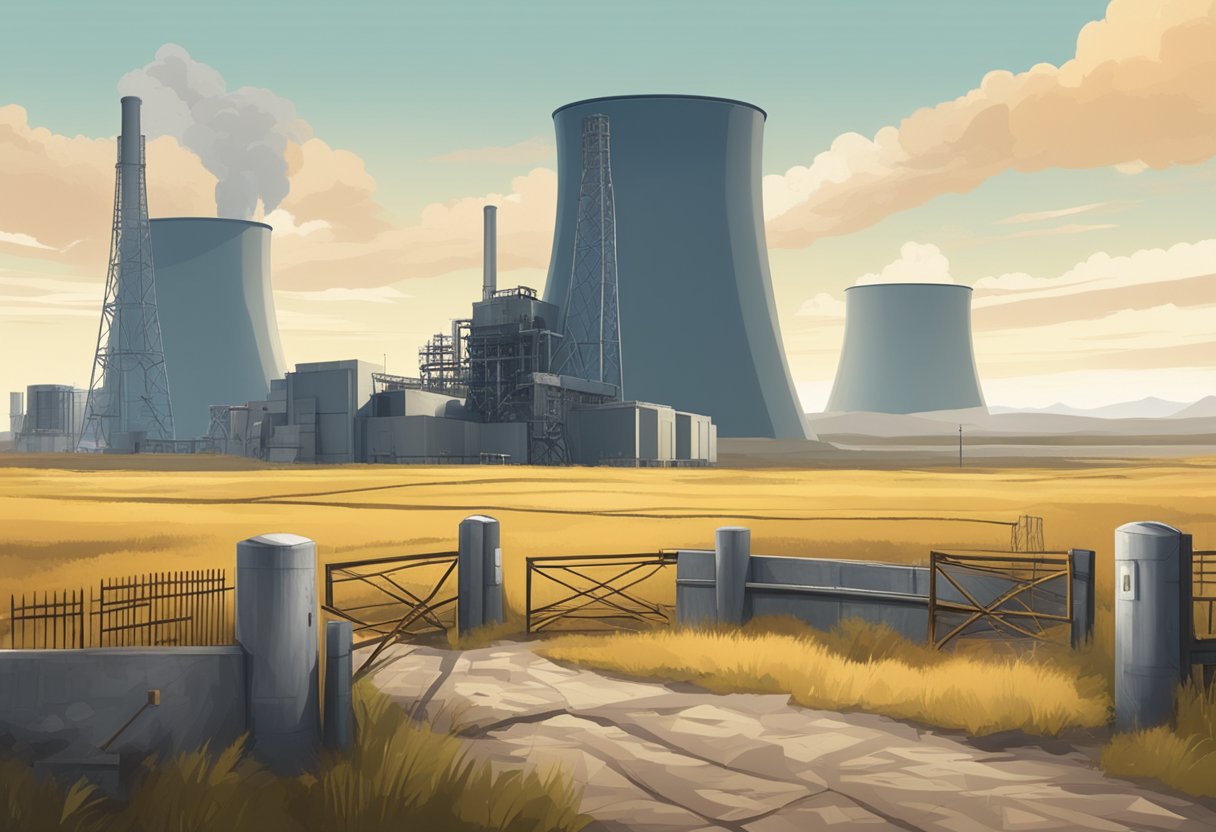
The Chernobyl disaster had far-reaching political and regulatory impacts, reshaping government policies and international cooperation. The disaster also significantly influenced safety standards and public oversight of nuclear facilities.
Role of Governments and International Bodies
Governments worldwide recognized the need for global cooperation after Chernobyl. The United Nations played a crucial role in coordinating responses. Key international bodies like IAEA (International Atomic Energy Agency) and UNSCEAR (United Nations Scientific Committee on the Effects of Atomic Radiation) provided crucial assessments and guidelines. The Russian Federation and the U.S. Government increased their collaboration, emphasizing the importance of shared knowledge in managing nuclear risks.
Nuclear Regulation and Worldwide Safety Standards
Chernobyl led to stricter nuclear regulations globally. Many countries overhauled their nuclear regulation frameworks to better manage radiation risks. The IAEA established new safety standards, ensuring more robust safety protocols. These standards included regular inspections, enhanced reactor designs, and better emergency response plans. Recognizing the disaster’s global scale, national frameworks aligned more closely with international guidelines to ensure consistency and reliability.
Prevention, Preparedness, and Public Oversight
Preventive measures and preparedness became top priorities. Governments implemented comprehensive safety drills and public awareness campaigns about nuclear risks. Public oversight increased, with more transparency in nuclear operations. The General Assembly adopted resolutions to improve nuclear safety culture. This included involvement from local communities in safety dialogues. The focus was on making nuclear facilities safer, preparing for potential incidents, and ensuring the public was well-informed and involved in oversight.
Technological and Engineering Reactions
After the Chernobyl disaster, significant efforts were made to both contain the radiation and improve safety measures in nuclear plants globally. These advancements have reshaped the nuclear industry, influencing both current practices and future developments.
Containment and Sarcophagus Construction
Following the explosion, an immediate priority was to contain the radioactive materials. Engineers quickly erected a massive steel and concrete structure known as the sarcophagus over the destroyed reactor. This initial containment aimed to reduce the release of radioactive particles into the environment.
Years later, the New Safe Confinement (NSC) was built to encase the original sarcophagus. It’s an impressive engineering feat, extending the life of the containment for 100 years. The NSC also facilitates future dismantling efforts and limits further radiation leakage.
Safety Upgrades in Existing Nuclear Plants
The Chernobyl disaster highlighted severe safety deficiencies. As a result, nuclear plants worldwide underwent significant safety upgrades.
New protocols ensure better reactor cooling systems and improved emergency shutdown mechanisms. Plants adopted advanced control room designs to minimize human error. Regular safety drills and simulations have also become mandatory.
International cooperation has played a crucial role, with agencies like the IAEA setting new guidelines and regulations to prevent future catastrophes.
Future of Nuclear Power and Alternatives
The accident greatly influenced the direction of nuclear power. New reactor designs emphasize safety and sustainability. These designs, such as small modular reactors (SMRs), are built to shut down safely in case of a malfunction.
Renewable energy sources have also gained attention as alternatives to nuclear power. Solar energy, wind, and hydropower are increasingly seen as viable options. Developing these technologies contributes to energy sufficiency and reduces reliance on nuclear and fossil fuels.
Investments in energy efficiency and technological innovations continue to shape the energy landscape, ensuring a safer and more sustainable future.
Contemporary Relevance and Lessons Learned
The Chernobyl disaster taught the world about the importance of nuclear safety, international cooperation, and sustainable energy solutions. These lessons remain critical as the world faces new challenges.
The Evolution of Emergency Preparedness
After Chernobyl, nations improved their emergency preparedness plans for nuclear incidents.
Countries now collaborate more closely, sharing data and strategies. International bodies, like the IAEA, help set and review safety standards.
Investing in advanced radiation detection and communication systems has made it easier to respond quickly and effectively to disasters.
Governments also conduct regular drills simulating nuclear emergencies to ensure readiness and public awareness.
Risk of Terrorism and Protection of Nuclear Materials
The risk of terrorism targeting nuclear facilities is a serious concern.
Post-Chernobyl, there has been a heightened focus on securing nuclear materials. Governments have strengthened regulations and increased security measures at plants.
Public oversight and regulation of the nuclear power industry play a crucial role in monitoring and preventing terrorist attacks.
International cooperation has also been vital for tracking and safeguarding nuclear materials worldwide.
Incentivizing Sustainable Energy Sources
Chernobyl highlighted the risks of nuclear energy, prompting a shift towards more sustainable sources of energy.
Governments have provided subsidies to promote renewable energy options like wind and solar energy.
Investing in these renewable sources not only mitigates the risks associated with nuclear power but also addresses climate change.
Countries are now focused on balancing energy needs with environmental protection, making sustainable energy a priority for the future.
Reflections on the Chernobyl Legacy
The Chernobyl nuclear disaster left a lasting impact on cultural interpretations and the global nuclear discourse. These reflections reveal both the cultural resonance and the debate surrounding nuclear energy.
Cultural and Academic Interpretations
Chernobyl remains a significant event in history and pop culture. The disaster has inspired numerous books, documentaries, and even a TV series. These works explore the human and environmental consequences, providing detailed accounts of the events and their aftermath at the Chernobyl Nuclear Power Station.
In academia, the disaster is studied to understand man-made disasters and their effects. Universities in Vienna and worldwide analyze the public health and environmental consequences. Research often highlights the long-lasting health effects on those exposed to radiation and the environmental damage caused.
The Role of Chernobyl in Global Nuclear Discourse
Chernobyl plays a vital role in discussions about nuclear energy. It is a reminder of the potential dangers and the need for strict safety measures. International cooperation has increased since the disaster, led by organizations like the International Atomic Energy Agency (IAEA).
The IAEA, based in Vienna, has put forward numerous safety protocols to prevent similar disasters. Global nuclear policies now emphasize the importance of learning from Chernobyl, highlighting the need for robust systems to manage nuclear plants' safety and environmental consequences. This tragic event underscores the necessity of continuous monitoring and international dialogue to maintain nuclear safety.



